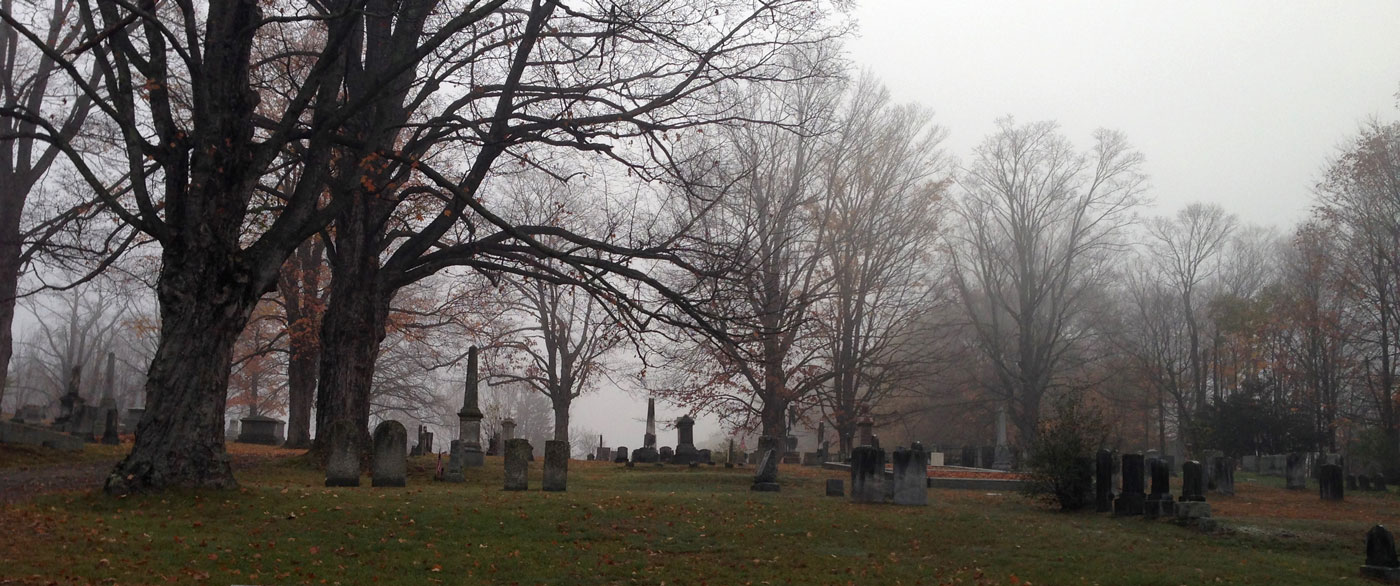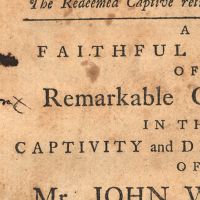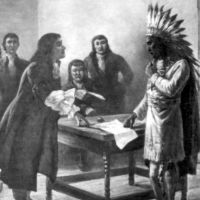Primary Source
The Abenaqui chief was Taxous, already celebrated for many exploits, and commendable attachment to our interests. This brave man, not satisfied with what he had just so valiantly achieved, chose forty of his most active men, and after three days' march, by making a long circuit, arrived at the foot of a fort [at Groton] near Boston, and attacked it in broad day. The English made a better defence than they did at Pescadoue [Piscataqua]. Taxous had two of his nephews killed by his side, and himself received more than a dozen musket balls in his cloths, but he at last carried the place, and then continued his ravages to the very doors of the capital.
Quoted in Groton During the Indian Wars, by Samuel A. Green, (n.p. 1883).






